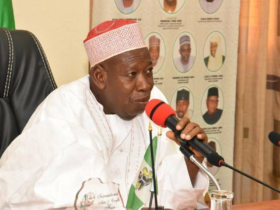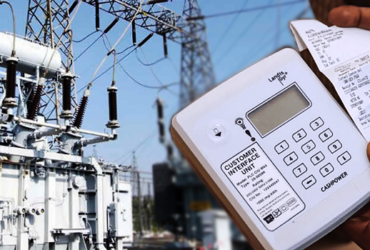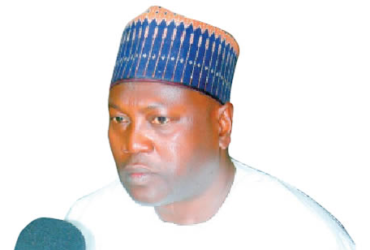Maritime operators have pointed to the foreign exchange crisis in Nigeria and other challenges as reasons for the non-completion of four out of the seven approved inland dry ports. These ports were meant to expand the country’s cargo handling capacity, with expectations that they would improve cargo operations, especially in inland regions.
A report from the Nigerian Shippers Council revealed that only three out of the seven ports have been fully completed and operational. The remaining ports are facing difficulties in meeting their operational obligations.
The delay in completing the dry ports is attributed to factors such as the high cost of development, the fluctuating exchange rate, and the misconception that the government would fully develop and hand over the ports to operators. The high risk and significant financial investment required for establishing a dry port have also contributed to the delays.
Despite the challenges, stakeholders view the inland dry ports as a positive initiative that could boost economic activities in the country’s interior regions. The need for addressing logistical challenges before the ports become operational was emphasized to ensure efficient movement of goods and reduce congestion at seaports.
Efforts are being made to improve connectivity between seaports and inland dry ports, including a recent collaboration between the Nigerian Shippers’ Council and the Nigerian Railway Corporation to enhance the transportation of goods to and from the dry ports.
















Leave a Reply